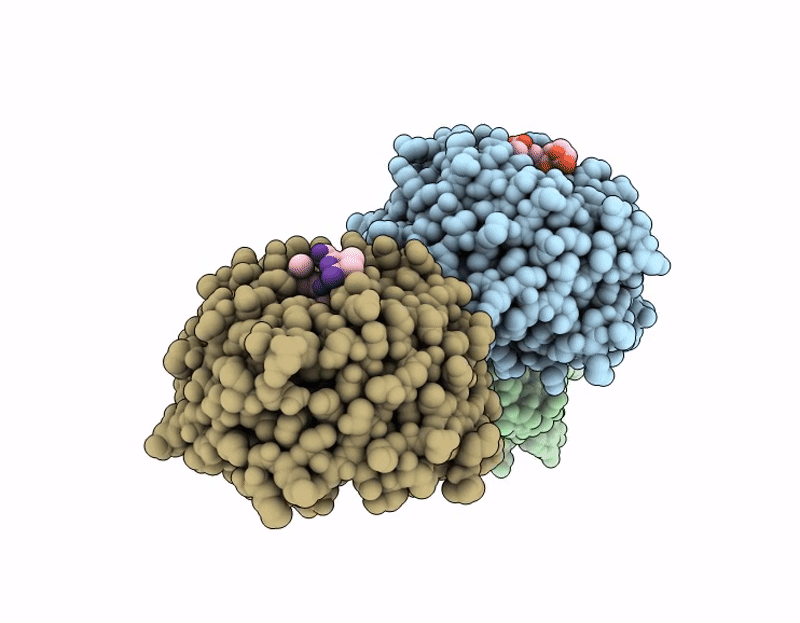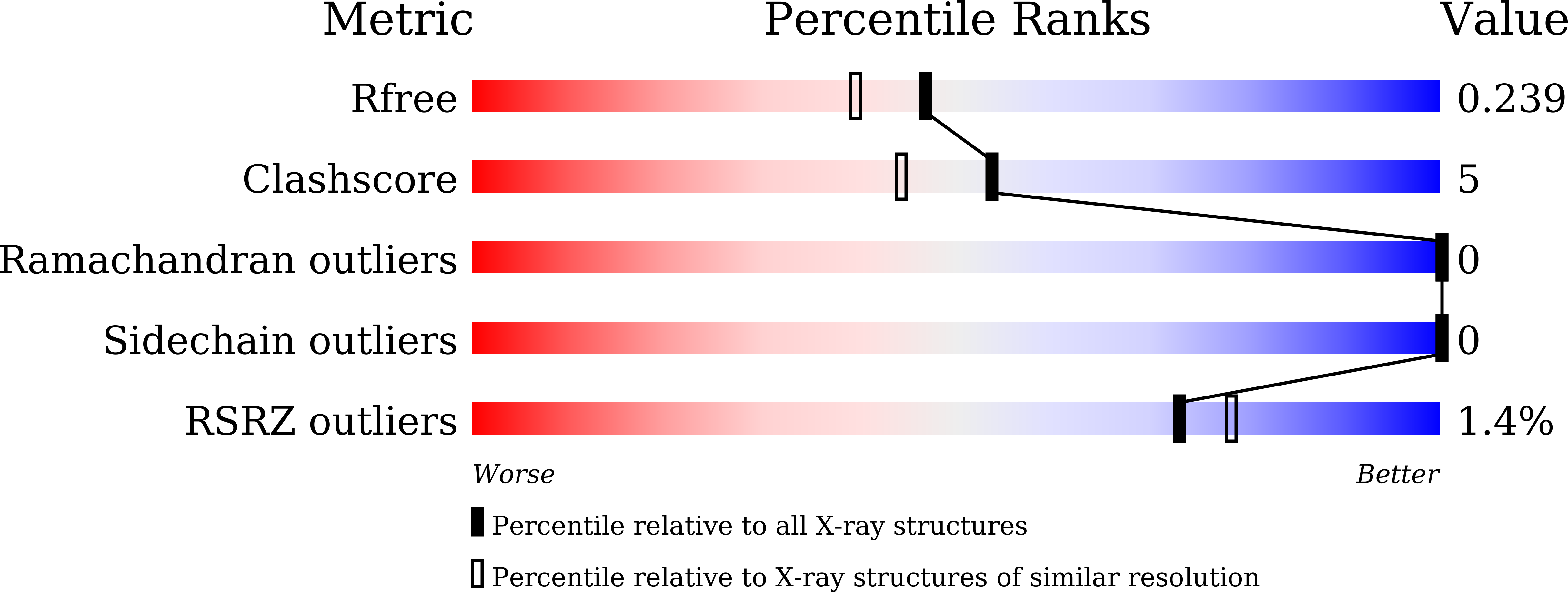
Deposition Date
2025-04-17
Release Date
2025-10-08
Last Version Date
2025-11-05
Entry Detail
PDB ID:
9UK7
Keywords:
Title:
Crystal structure of WDR5 in complex with peptide Ac-MRTEP-NH2
Biological Source:
Source Organism:
Homo sapiens (Taxon ID: 9606)
Host Organism:
Method Details:
Experimental Method:
Resolution:
1.95 Å
R-Value Free:
0.23
R-Value Work:
0.19
R-Value Observed:
0.19
Space Group:
C 1 2 1


